The 32nd
LaureateSculpture
James Turrell
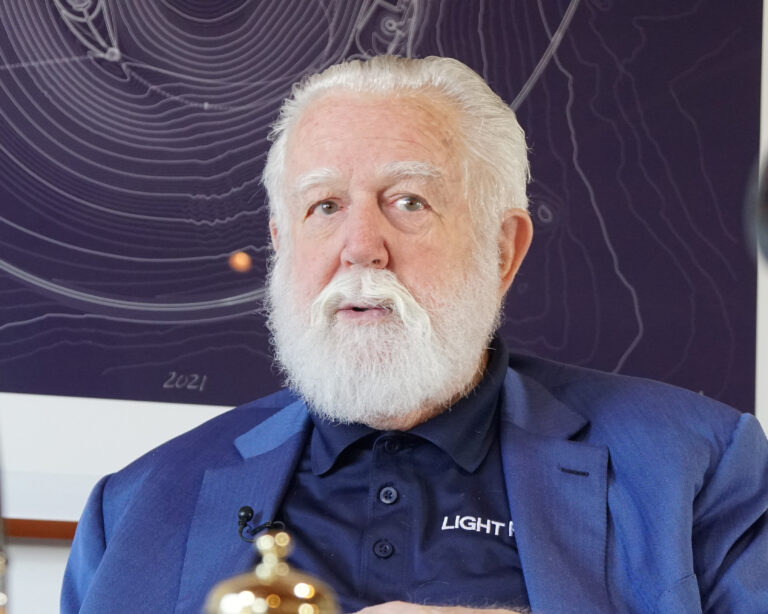
Fascinated by light from childhood,the quiet,seeming-simplicity of artist James Turrell’s works have consistently explored the relationship between light and perception. Reflecting the silent meditation of his upbringing in a Quaker family,Turrell’s works reveal “even in a dream with our eyes closed,we see light”. Born in Los Angeles,Turrell’s studies in Perceptual Psychology and Fine Art provided the ideal grounding for his passion for working with light. In 1967,he held his first solo exhibition at the Pasadena Art Museum. Projection Pieces,with its light-projected,geometric shapes was,“an epiphany for me,when I could actually get light to exist in the space,so you didn't think it was on the wall,but you felt it occupied the space.” Informed by his passions for philosophy,science and flight,Turrell’s work over series such as Ganzfelds and Dark Spaces,explores and plays with our understanding of what and how we see. 102 Skyspaces,with openings to the sky,give audiences globally the chance to contemplate the beauty of shifting nature of light. The apex of Turrell’s creativity is Roden Crater; an extinct volcano in northern Arizona,now the site of one of the world’s most ambitious artwork. Started in 1979 it is the location of a series of chambers and tunnels due to be completed by 2026.
Biography
Carefully considered thought and planning underlie the understated elegance and beauty of James Turrell’s work – where light can be seen to be made ‘as having substance’.
Fascinated by light from childhood,the quiet,seeming-simplicity of many of Turrell’s works reflect his upbringing in a Quaker family. Silent meditation when we “go inside to greet the light” brought Turrell to recognize that “even in a dream with our eyes closed,we see light” and so determine,“I want to deal with the light that connects our inner life with the outer world".
Born in Los Angeles,Turrell’s studies in Perceptual Psychology and Art provided the ideal grounding for his passion for working with light. “I realized if I were going to use light,as a material,to activate or work,the medium of perception,I would have to know more about how we perceive and how we see.”
In 1967,he held his first solo exhibition at the Pasadena Art Museum. Projection Pieces,with its light-projected,geometric shapes was,“an epiphany for me,when I could actually get light to exist in the space,so you didn't think it was on the wall,but you felt it occupied the space.”
Turrell’s art is informed by his passions for philosophy,science and flight. Ganzfelds are works examining the phenomenon of the total loss of a field of depth – experienced by Turrell as a pilot and described in the German word,Ganzfeld. Dark Spaces lead us to understand that there is always light – even if it initially isn’t visible. The Allegory of Plato’s Cave – the notion that we are living in a reality of our own creation – can be seen to be at the heart of much of his work,as he explores and plays with our understanding of what we see.
Turrell’s interest in light extends to the light outside. He has created 102 Skyspaces around the world; buildings or rooms with openings in the ceiling that allows the viewer to see the sky,to witness the magical changing qualities of light. The fine edge to the openings,whether square,rectangular,round or oval,provide an exquisite frame for the sky. Viewers can find themselves sitting for hours,leaning back,watching the canvas changing; the canvas of the sky.
The apex of Turrell’s creativity is Roden Crater; an extinct volcano in northern Arizona,now the site of one of the world’s most ambitious artwork. “Set in a stage of geologic time,the Roden Crater’s chambers and tunnels create a music of the spheres by isolating and intensifying the light of the sun,moon,stars and planets. It invites you to become an active participant in what you see and inspires you to have a deeply personal experience that connects you to the cosmos.” Started in 1979 it is hoped to be completed by 2026.
Throughout his career,Turrell has created works,both permanent and impermanent but his hope is to create an experience of wordless thought that explores a real understanding of how we perceive that most elemental of materials; light.
Chronology
Guggenheim Fellowship
Honorary Doctorate,Royal Academy of Art,London
Medal of Honor for Art,National Arts Club,USA
-
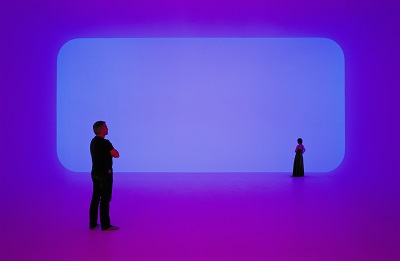
Purusa, 2011
-
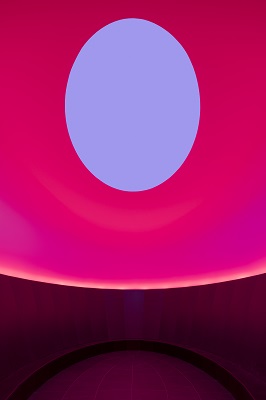
Skyspace Lech, 2018
-
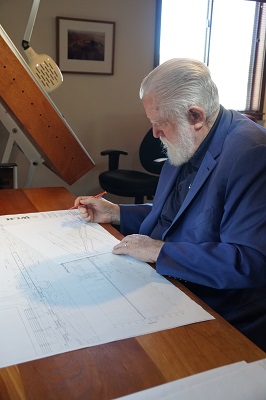
At his studio in Flagstaff, Arizona, USA
-
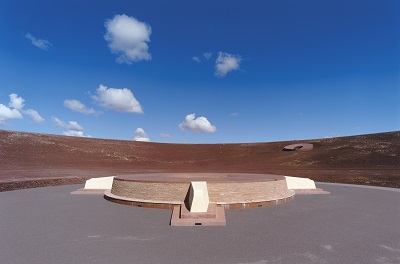
Exterior of Roden Crater
-
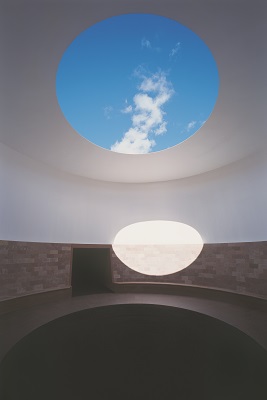
Roden Crater, Crater's Eye with Clouds

